The phrase “separation of church and state” nowhere appears in the Constitution of the United States. Despite this lacuna, American political activists have peddled the idea that this wall of separation arose as an insurmountable fixture in the early American republic. The founders, furthermore, apparently built this wall to ensure that Christianity had no access to the public square. America was conceived of as a secular project—a self-consciously godless form of government devoid of any attachment to religion. Indeed, according to Andrew Seidel, the founders explicitly had Christianity in mind as they built the wall between church and state, because Christianity was, and is, antithetical to the American way of life.
These kinds of ahistorical and anachronistic arguments have increased over the last several years as the Supreme Court has handed down important victories for religious liberty in the United States. From Carson v. Makin to Kennedy v. Bremerton School District, progressives have launched a full broadside against the Court, accusing justices of being political pawns for a radical, right-wing agenda to make Christianity the established religion of the land.
These issues should be dealt with reasonably and on the grounds of constitutionality. Instead, progressives continue to assert a flawed understanding of American history coupled with an assumption that the only to maintain the spirit of the Constitution is by diminishing Christianity’s role in America’s moral conscience.
Indeed, in a recent article at Vox, Ian Millhiser argued that the current Supreme Court stands poised to disintegrate the First Amendment—or at least the First Amendment as it exists in Millhiser’s imagination. By his estimation, the Establishment Clause “was long understood to require strict separation of church and state.” This high wall of strict separationism, however, has been assailed by the wrecking ball of the Roberts Court. He accuses justices of intentionally misrepresenting facts of certain cases to usher in a dystopian reign and authoritarian theocracy. He also wants us to believe that the Framers of the Constitution designed a system of government that precluded a positive relationship between Christianity and the American culture.
Sustaining these indictments requires an understanding of the First Amendment that, quite frankly, is at odds with the historical record. Indeed, Millhiser bases his view—what he calls, the “long understood” view—on two Supreme Court cases during the mid-to-late twentieth century. He especially leans into the Court’s majority opinion in the 1962 case of Engel v. Vitale, which ruled school prayer as unconstitutional. Engel used the language of “the wall of separation” that existed between church and state—again, this language is not found anywhere in the Constitution. Its existence in American legal canon is due, in part, to Roger Williams as well as James Madison and Thomas Jefferson.
Its utility, however, in guiding our understanding of the First Amendment is questionable given that it does not appear in the Constitution; even if it did, it was a phrase bound by a particular historical context. In other words, a strict separationist interpretation of the First Amendment has little support from the sources of the early American republic. Philip Hamburger’s Separation of Church and State masterfully chronicled the way religious dissenters during the seventeenth and eighteenth centuries understood their campaign for religious liberty. Though they contended for disestablishment, you would be hard-pressed to find even the most ardent advocates for liberty of conscience to believe that a wall should be built to keep the fingerprints of Christianity off the American public square and American legal structures. Carl Esbeck and Den Hartog have made similar historical arguments, stating the pursuit of a “wall of separation” was never about promoting “government indifference to religion, or even hostility to it. . . . Church and state could be separated, but religion and politics could not.”
Thus, the progressive’s conception of the “wall of separation” is, at best, another example of historical ignorance of the highest order. At worst, it represents an intentional distortion of the founding—an attempt to colonize the past with a radical secular agenda intent on remaking America into their godless image. Indeed, consider this question: Why does the image of Coach Kennedy praying at the fifty-yard-line with students after a football game rouse such ire amongst liberals who presumably have no problem letting administrators force female athletes to play with biological males or to at least tacitly coerce students into accepting the growing array of LGBTQ ethical demands? The concern here seems less about preserving the Constitution and more about pressuring the nation into a progressive idea of utopia.
In his dissenting opinion in Engel v. Vitale, Justice Stewart wrote these prescient words: “I think that to deny the wish of these school children to join in reciting this prayer is to deny them the opportunity of sharing in the spiritual heritage of our Nation.” Written in 1962, his argument reflects a now perennial trend to reimagine the role of Christianity in American public life. It is a false narrative that, if accepted, will only inculcate increased degeneracy and moral decline.
Don’t take my word for it. Even religious dissenters at the time of America’s founding understood this. To let him have the last word, Issac Backus, the eighteenth-century American Baptist who spent his career advancing religious liberty, also argued: “Religion is necessary for the well-being of human society, as salt is to preserve from purification, or as light is to direct our way and guard against enemies, confusion, and misery.”
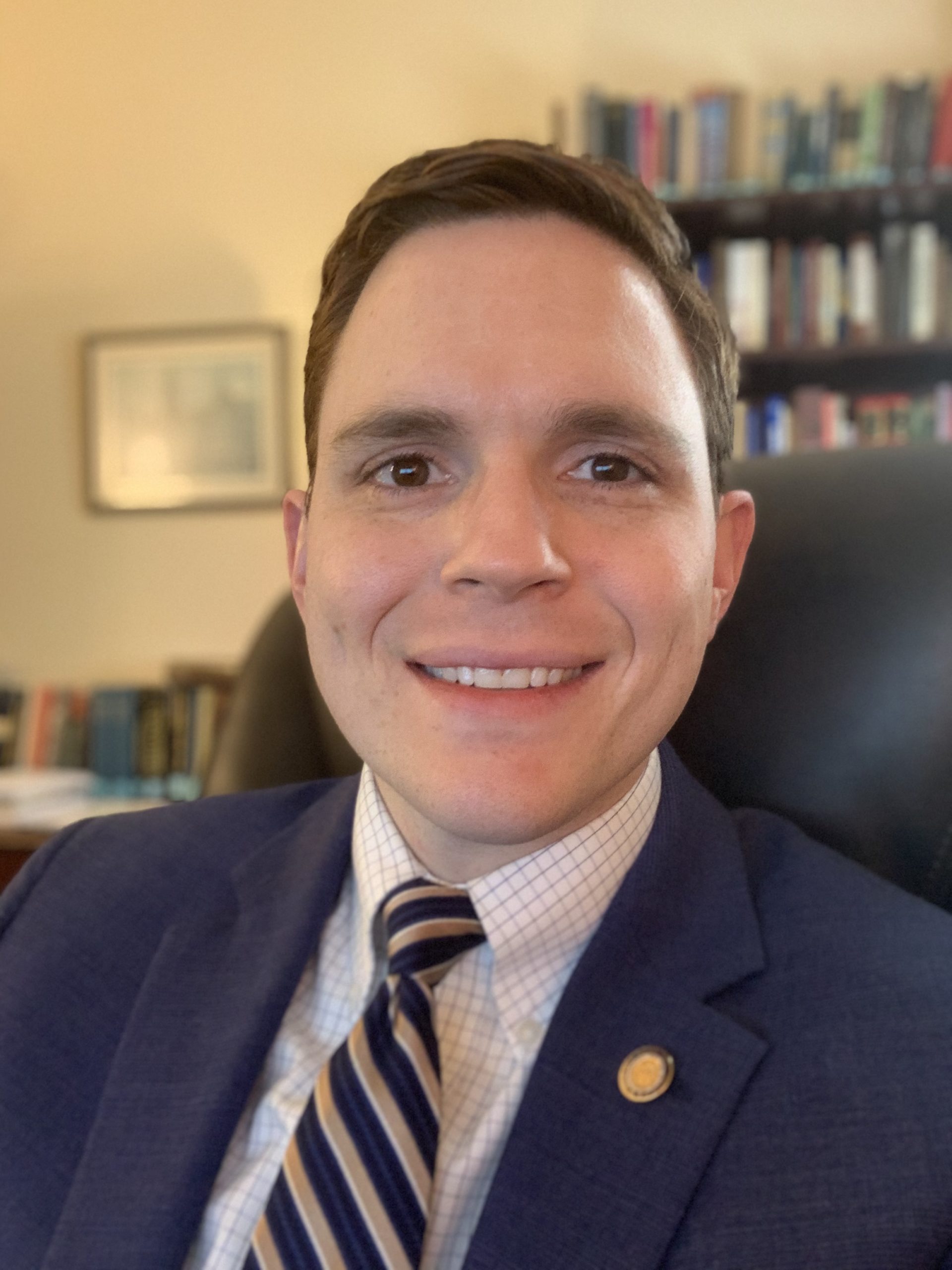

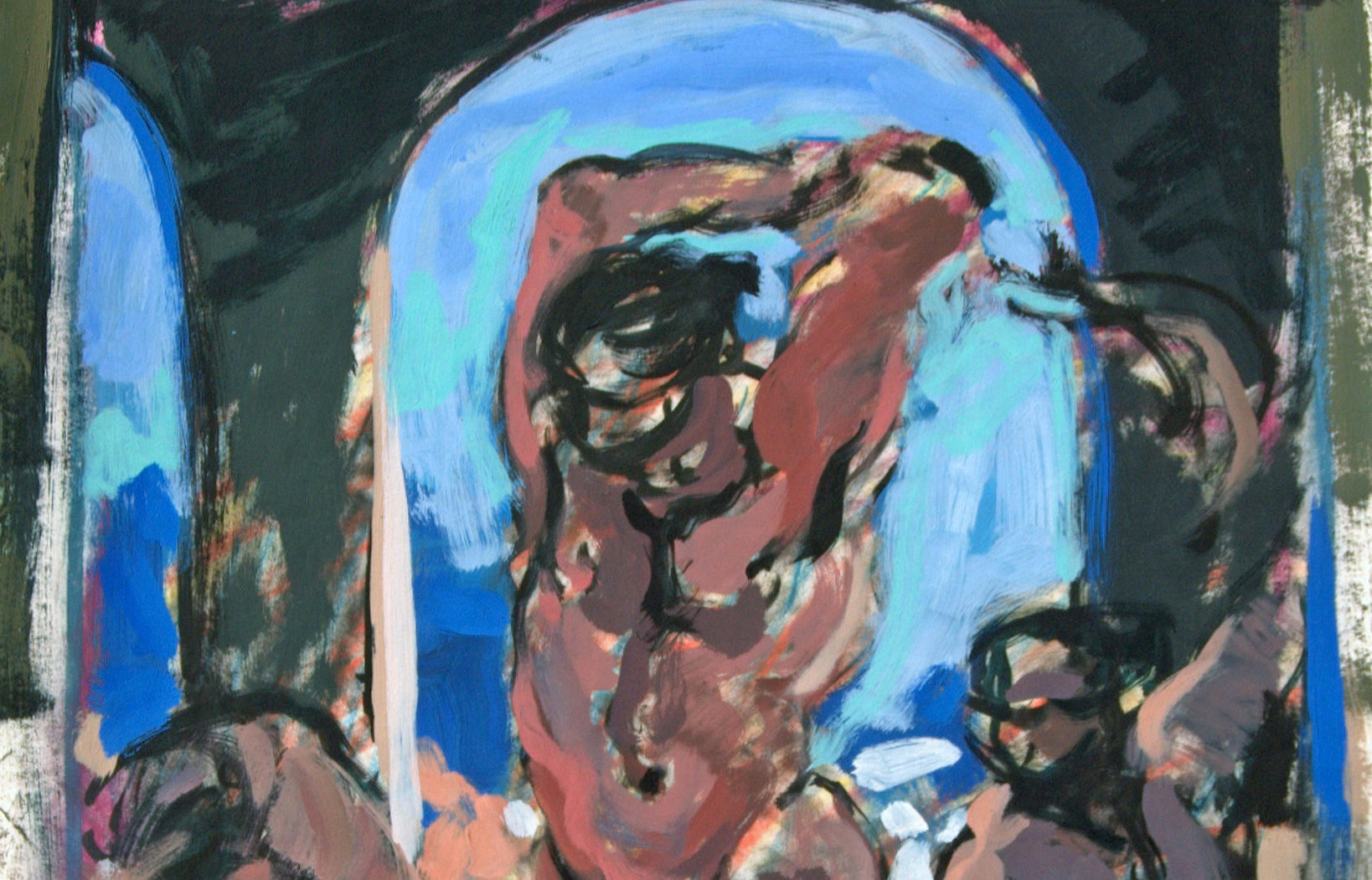
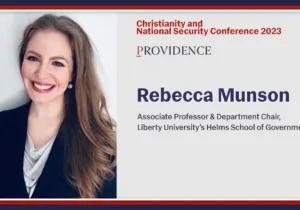
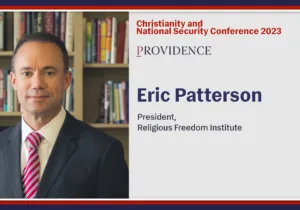
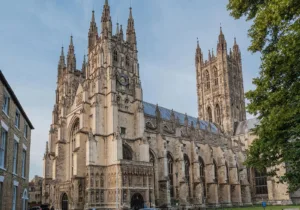

 Sponsor a student for Christianity & National Security 2024
Sponsor a student for Christianity & National Security 2024